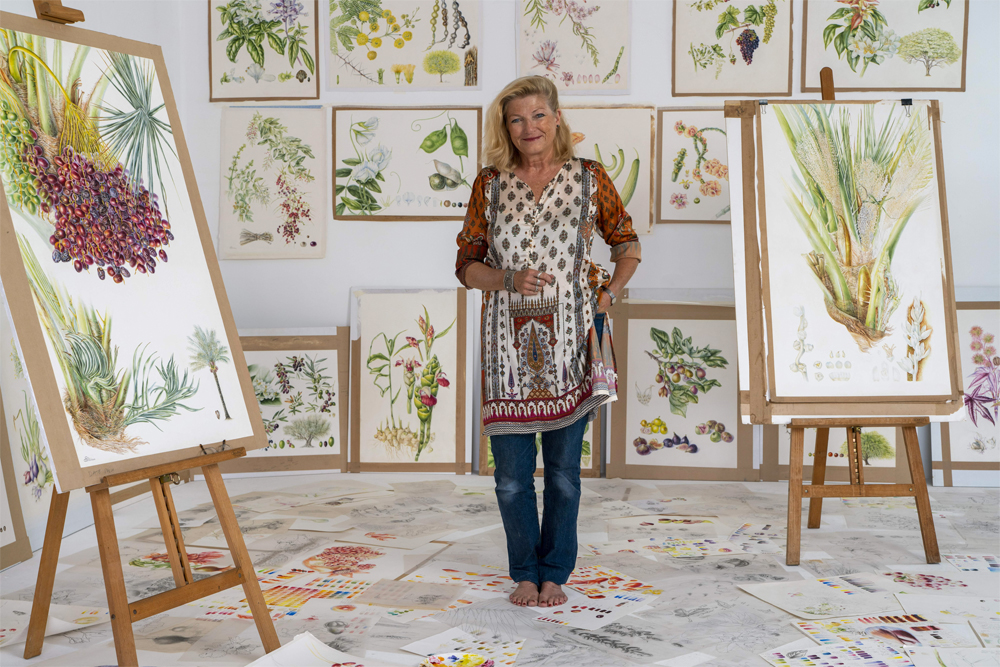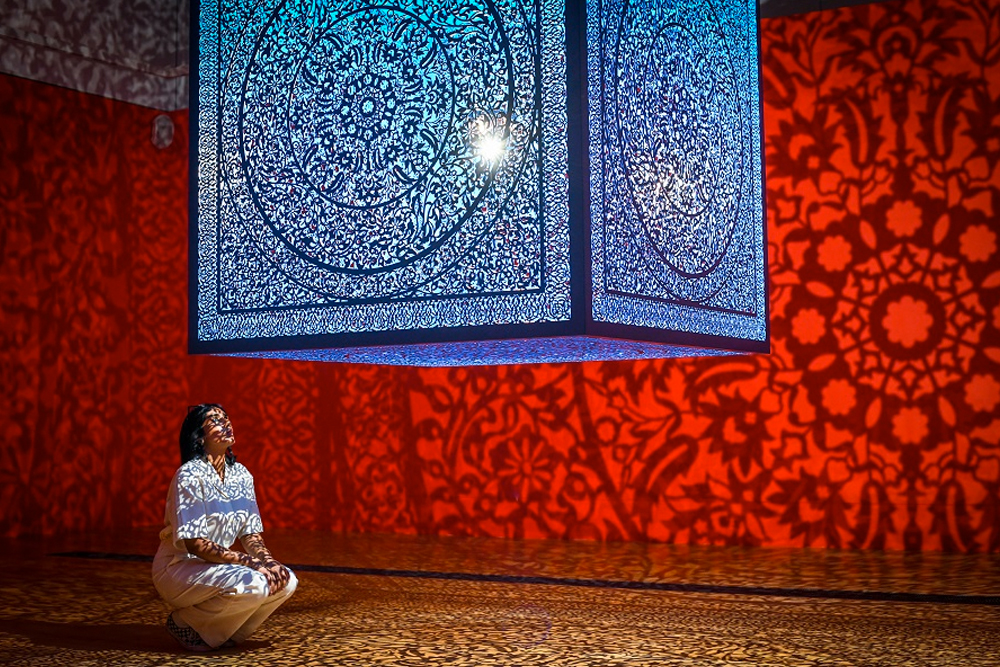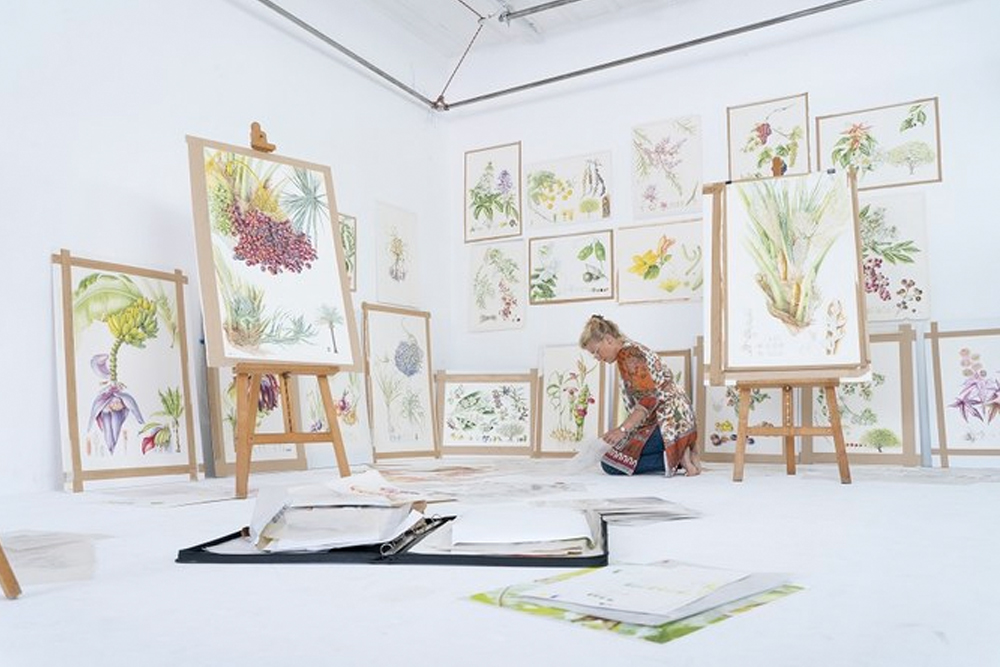
In a captivating collaboration between a Pakistani scientist and a New Zealand-based botanical illustrator, "Plants of the Qur’an" exhibition is now on display at the Shirley Sherwood Gallery of Botanical Art in Kew Gardens, London. The exhibition features 25 paintings by Sue Wickison, who spent years researching and traveling to capture the beauty of the plants named in the holy book of Islam.

Dr. Shahina Ghazanfar, an honorary research associate at the Royal Botanic Gardens, worked with Wickison to explore the historical and cultural significance of the 30 most featured plants from the Qur'an. Her research extended to the study of plants of medicinal, historical, and economic importance of the Middle East. The exhibition offers a rare glimpse into the intricate relationship between Islamic tradition and nature.
The exhibition aims to raise awareness about the importance of conservation and preservation of the plants found in the Middle East. Ghazanfar expressed her passion for the project, saying, "Every plant has a historical and cultural attachment to it which we must never forget or lose."

Wickison, who worked at Kew Herbarium for several years, described her inspiration for the project. Her interest in the plants of the Qur’an was sparked by her visits to the Sheikh Zayed Grand Mosque in Abu Dhabi. "What intrigued me, apart from the incredible building, were the unusual botanical motifs all over the floors and columns and up on the ceilings," she said.
The exhibition also features two stunning works by Pakistani-American contemporary artist Anila Quayyum Agha. Her work "All the Flowers are for Me" is about "elevating women" and draws inspiration from patterns used in Islamic art and architecture.

Wickison, who spent years traveling to the deserts and mountains of the UAE and Oman to observe the plants specific to the region, described her joy at discovering the hidden beauty of Haloxylon Salicornicum, a flowering desert shrub growing in the desert in Sharjah. "Initially when I saw it, it looked like insignificant little stems on the ground, but when I put it under a microscope it had tiny little flowers. The seeds have wings which change color from apricot through pink to white as they go," she said.

The exhibition offers a unique opportunity to appreciate the beauty of Islamic tradition and nature, and to reflect on the importance of preserving and conserving the world's natural wonders.

















